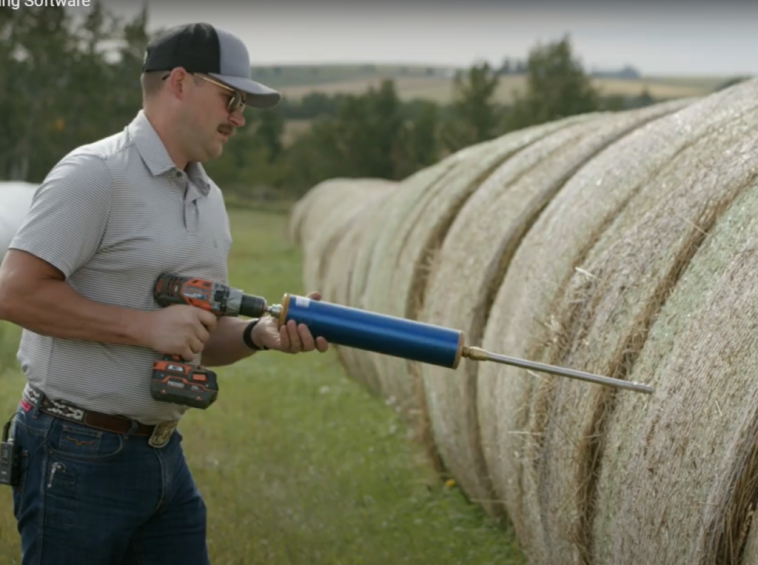
Feed testing resources
You cannot manage what you don’t measure. Feed testing is critically important to ensure your herd’s nutritional requirements are being met to support production. Feed testing and ration balancing also helps prevent costly overfeeding. Check out this resource from the Beef Cattle Research Council: https://www.beefresearch.ca/blog/feed-testing-a-tool-for-better-returns/
When faced with reduced supplies of good quality hay due drought, many producers seek alternative feeds for their livestock. While these alternative feed sources can offer flexibility, feed testing and advice from a livestock nutritionist is recommended to ensure nutritional requirements of the type of cattle being fed are met. Check out the following resource from the Beef Cattle Research Council for considerations when using alternative feeds: https://www.beefresearch.ca/topics/alternative-feeds/
Alternative or non-conventional feeds can be an economical means for beef cattle producers to supplement forage and grain inventories. However, due to variability in the supply, nutrient composition and quality of these feed ingredients, there can be pitfalls if not properly managed. Have a listen to this episode of the Canadian Beef Cattle Podcast for tips on making use of different alternative feeds: https://open.spotify.com/episode/0hsfECxYMsb0ta0JHwon67?go=1&sp_cid=a2b2ebaa1e65940fdef68f683c932de9&utm_source=embed_player_p&utm_medium=desktop&nd=1&dlsi=adc2a2537f324cf6
New to feed testing and ration balancing? Feed testing and ration balancing are good practice normally but are even more important in times of feed shortages and when making use of alternative feed sources. The following link is your one stop shop for information and instructions on feed testing including how to take and submit a sample, and how to interpret the results: https://www.beefresearch.ca/tools/feed-testing-analysis-for-beef-cattle/
When considering salvaging crops for feed, beef producers need to consider accessibility, availability, yield, transport costs, potential anti-nutritional factors or other animal health impacts, and feed quality. The value of crops for livestock feeds calculator was developed to help beef producers work with their neighbors to determine a value for salvaged crops. https://view.officeapps.live.com/op/view.aspxsrc=https%3A%2F%2Fwww.beefresearch.ca%2Fcontent%2Fuploads%2F2022%2F04%2FValue_of_Crop_for_Feed_locked.xlsx&wdOrigin=BROWSELINK



